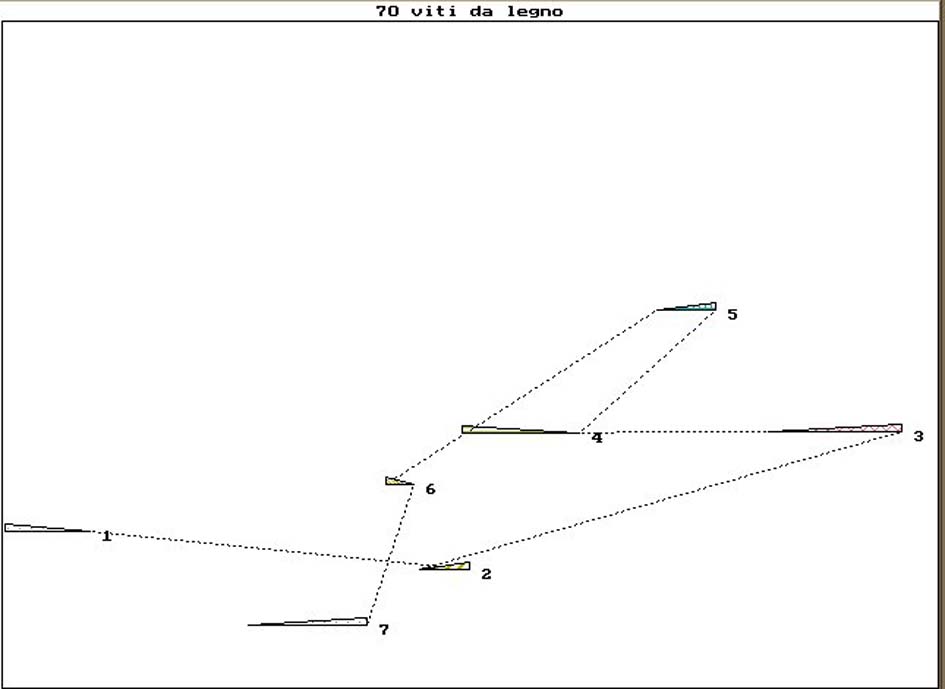(1990-91) electroacoustic music [CD Twilight 07 02] [4’ 58”]
Premiered at IX CIM, Auditorium Montale del Teatro “Carlo Felice”, Genova, November 14th 1991
Through a chance path (a game) I received, from a cagean friend, 70 wood screws as a prize. These screws represent for this friend of mine the essence of a computer music composer.
Like the screws Cage inserted into the piano strings to make his prepared piano, in this work 70 Italian phonemes have been shouted onto the piano strings. The piano resonances which arise, because of the special way in which they have been produced, assume a vocal nature. This material, both natural and transformed through filtering, transposing, mixing, is placed side by side with synthetic sounds chosen from a timbre space the extremes of which are coloured noise and quasi-harmonic spectra.
The form of the piece follows closely John Cage 4’33”. In fact it is divided into three parts of the same length of those of the famous “silence piece”. First part is just a crescendo with homogeneous material. Second part proceeds with a centripetal motion: the last sounds internal articulation evokes the formal articulation of the whole part (from great density of heterogeneous material to a desolate rarefaction). During the third part concrete sounds (piano resonances and phonemes) and synthetic sounds fuse and turn into timbrally ambiguous creatures.
Within each part the material is organized with the help of computer programs made on purpose for random generation of sound events. Each program has been written to produce particular formal organizations: clusters or sequences of very short sounds, sound textures which can be anticipated and/or followed by sounds which are part of them, structures of sounds linked by glissandi, long sounds very rarefied sequences. The computer programs allow a certain degree of choice, above all those concerning structure density and medium sound duration.
This work has been realized on personal computer with the synthesis and processing program Music 5, C.S.C. – University of Padova (Alessandro Colavizza) version and L.M.A. – CNRS Marseille (Daniel Arfib) version.

